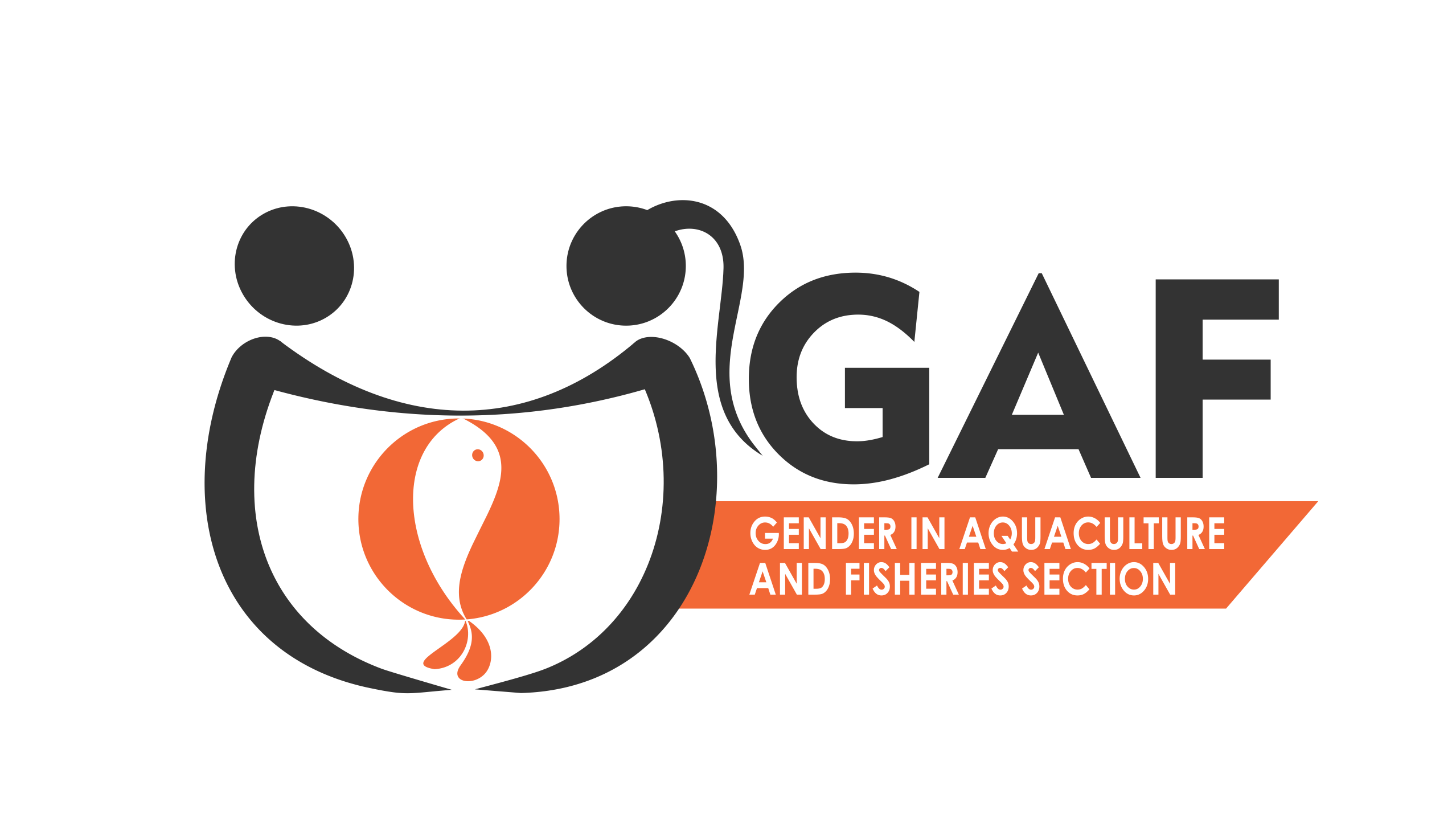Gleaning
Gleaning is a fishing method used in shallow coastal, estuarine and freshwaters waters or in habitats exposed during low tide. Other terms may be used for this type of fishing, especially “gathering” and “collecting.”1 Both women and men glean, but in many countries and regions gleaning is mostly done by women and children2,3. Gleaners walk ...
